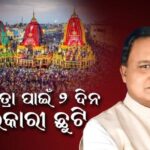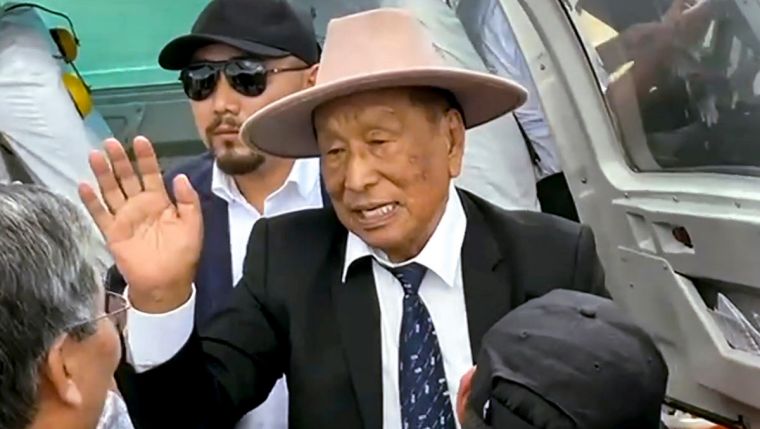Somanahalli Mallaiah Krishna, 92, a former minister of external affairs and the former chief minister of Karnataka, died early on Tuesday morning at his home in Bengaluru.
A Padma Vibhushan (2023) recipient, his five decades in politics were characterised by his sophisticated speech, exquisite fashion sense, love of music, literature, and tennis, as well as his transformation of Bengaluru, a sleepy hamlet, into a global centre for information technology.
During his tenure as the state’s chief minister from 1999 to 2004, Krishna transformed Bengaluru into the “Silicon Valley of India.” From 2004 to 2008, he was the governor of Maharashtra.
With initiatives like the Bangalore-Mysore Infrastructure Corridor (BMIC), Bangalore Agenda Task Force (BATF), and Bangalore International Airport, as well as power reforms, land record digitisation, and encouragement of the Private-Public Partnership (PPP) model, the tech-savvy chief minister focused on development and helped create “Brand Bengaluru.” His pro-people policies, such as providing free bicycles and midday meals to schoolchildren and the Yashaswini health scheme, made him extremely popular and guaranteed a stable Congress government in the state.
Shri SM Krishna Ji was a remarkable leader, admired by people from all walks of life. He always worked tirelessly to improve the lives of others. He is fondly remembered for his tenure as Karnataka’s Chief Minister, particularly for his focus on infrastructural development. Shri… pic.twitter.com/Wkw25mReeO
— Narendra Modi (@narendramodi) December 10, 2024
To a Vokkaliga family consisting of Mallaiah and Thayamma, Krishna was born on May 1, 1932, in Somanahalli Village in the Mandya district. He attended Ramakrishna Vidyashala in Mysuru and studied law before going on to earn degrees from Southern Methodist University in Dallas, Texas, and George Washington University Law School in Washington, DC, where he was a Fulbright Scholar.
Saddened by the demise of former Chief Minister Shri S.M. Krishna. His unparalleled contributions as a Union Minister, Chief Minister, and leader have left an indelible mark. Karnataka will forever remain indebted to him, especially for his visionary leadership in transforming… pic.twitter.com/r2N3tt9ngA
— Siddaramaiah (@siddaramaiah) December 10, 2024
He entered the state Assembly as an independent after returning from the United States in 1962 and running from the Maddur Assembly constituency. After joining the Praja Socialist Party in 1967, he lost the Maddur seat; however, in 1968, he won the Mandya Parliament by-election. On a Congress ticket, he was elected to the Mandya seat once more in 1971 and 1980.
After leaving the Lok Sabha in 1972, he entered state politics again and was appointed MLC by the late D Devaraj Urs. Recalling Indira Gandhi’s 1971 Mandya campaign, Krishna said in his memoirs “Smriti Vahini” that “she had a magnetic personality.” She joyfully greeted the large crowd as she made her way around the stadium at the age of 53 before boarding the dais. Even though I was only 37, I couldn’t keep up with her.
Within a year of becoming a member of parliament, Krishna was appointed minister of industries in the Devaraj Urs-led administration (1972–77). He returned to the Lok Sabha in 1980 and worked for a year as a minister under Indira Gandhi.
After winning the 1985 Assembly elections, Krishna returned to Karnataka and spent a year as the deputy chief minister and speaker (1989–1993) of the Veerappa Moily administration.
He led the Karnataka Pradesh Congress Committee to victory and was appointed chief minister following his time in the Rajya Sabha (1996–1999). Under Krishna, the Congress had earned a landslide majority (more than 122 seats), but he decided to disband the opposition in order to demoralise and weaken them. There were four women ministers in Krishna’s cabinet in 1999, which was the most in Karnataka compared to the recent regimes, which have only had one.




































